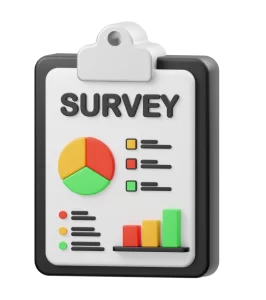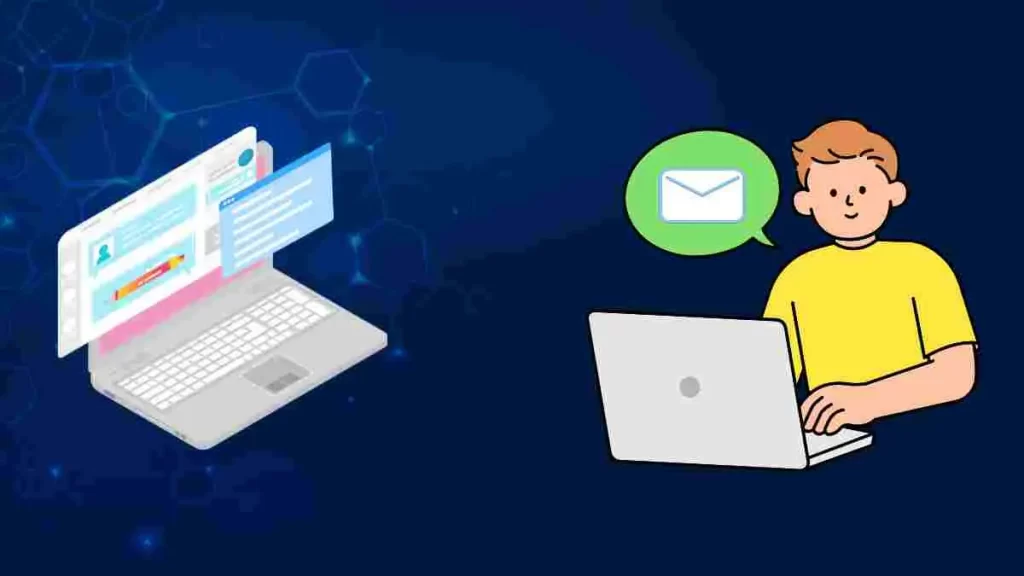Table of Contents
ToggleHave you ever felt overloaded with the number of emails in your inbox? Over 69% of people unsubscribe from emails that are promotional and sound salesy. These days, wherever you go, you’re sent a lot of information whether it’s relevant or not, needed or not. Open social media and you’ll find content overflowing – content of every kind, every type. Similarly, these days everyone’s inboxes are filled with emails.
Most of them just scream sales, discounts, and irrelevant offers that seem promising but don’t fulfill the expectations. So many brands and businesses need to leave this “discount” things approach and provide something truly valuable and worth engaging.
In this case study we’ll discover how a brand, suppose it’s a clothing business brand whose target is people aged 14-24, updates its email marketing strategy and focuses on creating content that isn’t just promotional but valuable.
We’ll see what strategies they used to create emails that made all the teens and young adults actually open it and interact along with achieving impressive results.
The Challenge: Discount Disease
The clothing brand had an email list with over 50,000 subscribers. But their open rates couldn’t be a witness of it. Open rates remained around 20 percent. Why did this happen? Because their emails were about just the promotional content. It included discounts, new arrivals, and sales.
But people around the age of 14-24 are usually equipped with discounts from everywhere. Businesses do this to attract them. Tired of it, the people didn’t find any value in these emails. And this led to getting ignored or no response from the other side.
The Solution: Content Is The King
But this time, they knew they needed to approach them with something fresh. So, they decided to drop the idea of sending promotional content. They thought of creating something that could win the interest of their target audience.
They focused on creating content that was valuable and good enough to hook their target. What they did was “Understood Their Audience.”
They started putting efforts beyond just the demographics to know their audience. They sent out online surveys, and quizzes and analyzed how they interacted with the website. Things like page visit time, stay time, and engagement were of the most help.

They used these ways to understand their audience’s interests and habits. They got to know that people in this age don’t just love fashion and discounts but, justice, environmental consciousness, and authentic sources.
Advanced Strategy: Personalization
But, the clothing brand didn’t just stop after understanding them. They implemented segmentation – which is a technique where one divides their audience into smaller groups according to their interests and preferences. Here, they segmented their audience based on –
Purchase History: This helped them get to know who liked what. Now, someone who bought a bright-colored t-shirt with a cartoon might get emails that suggest more options of the same type.
Website Behaviour: They jumped to the part where they got to know their audience’s interest in the website. Suppose someone browsed vintage clothing, they might get emails that are of vintage theme clothes created by new artists.
These two steps helped them create emails that were personalized and relevant to the receiver. If you’re someone who loves soft music and vintage clothes – which email are you going to open?
Email 1 – “20% Off All Jeans For Two Hours – Time Starts Now!”
Email 2 – “The Softest Music Till Now + Vintage Skirts You’ll Love”
It has a simple answer, right? Email 2 is more personalized as well as matches your interest while living up to the real expectations. On the other hand, Email 1 has a generic approach, maybe you’re someone who doesn’t like jeans – would it be relevant for you?
Content Variety: Everything Is Fresh
The clothing brand team knew that today’s generation has a short attention span – they like things that don’t consume much time. So, they used the kind of formats that were easily skimmable and didn’t require much time.
Short Blog Posts
Instead of creating lengthy emails, they focused on extracting snippets from the blogs on the website. They then took these snippets and customized them with high-quality and appealing visuals like images and videos.
They crafted topics that provoked the thought process and made the audience click and read it. They crafted emails including these visuals, snippets, clear call to action, and compelling subject lines.
Within the email, they inserted the link to the full blog post, so the readers could get detailed information. According to e-shot, the emails that have images or some kind of media in them have 4.5% higher click-through rates than the only-text emails.
BTS Content
To make the audience feel valuable and important, they started providing a glimpse of what happened behind the scenes. It included threads that revealed the design process, collaborations, practices, and sources they used to provide information.
The revelations helped in building a genuine connection between the brand and the audience. The transparency led to the building of trust. Altogether, these practices enhanced the user engagement.
Interactive Content
They started making it fun for individuals to open emails – they created polls and quizzes that were fun as well as a way to know their audience. Something like “Which outfit looks like your favorite music” or “Which jeans would match your favorite shirt” and more.
How-To-Guides And Tutorials
They started offering guides and tutorials that helped their audience understand what and how of a particular thing. Suppose, there are some streetwear trends – they offered tips and lists of it. If we look more into it, we assume that the audience is interested in DIY, so they offered tutorials on how they can do DIY clothing.
Compiled Content
They also compiled the same kind of content in one guide which was named “Top 5 Environmental Friendly Clothes” and more like these. This provided the audience with useful information in one place.
The Results: Emails Started Winning Interests
The new strategy, approach, and fresh content won the hearts of the subscribers and yielded results that were quite impressive. What were the results?
- Open rates increased by 48%! More of their audience was starting to engage with them through emails and actually open them to read. According to Hubspot, the average open rate in industries of all kinds is just 25.38%
- Now that more people were opening the emails, there was an increase in click-through rates as well – people who followed links through the email increased by 45%. This meant more website traffic and more potential customers.
- With the valuable content that was being provided to the audience, the brand established itself as a leader rather than just a clothing brand. The trustworthiness as well as authority increased among the audience and, on the search engines as well.
- The regular interactions through polls quizzes and personalization enhanced the customer relationship. Blog posts, compiled content, and personalized offers sparked relevance and built trust.
- It’s a fact to agree that discounts do bring sales but not always. The trust and connection that the clothing brand built with its audience made the audience feel valued and informed. The audience that’s loyal and knows the product well makes a purchase even at the full price. This way, the sales increased as well!
A/B Testing and Optimization: The Ongoing Process
Just like the clothing brand understood how important it was to not just send the promotional content but content that added value; they understood how important it is to improve continuously. After they had started crafting engaging emails, they also started doing A/B Testing. Through A/B testing, one can find which one in two is the best by sending them to a few audiences and analyzing the results.
The Takeaway: Value Is The Key
In this case study, we saw how the success of email marketing depends on what you provide to your audience. Give them something that’s valuable and wins their interest. Regular sales, discounts, and offers can often bore the audience.
Instead, focus on providing value, making them laugh or inspire. Personalizing your way to them adds a special touch to it. Add a touch of value. Include segmenting, tracking and constantly improving strategies can enhance your email marketing success.
The steps that the clothing brand followed can be a great tool to build relationships with your audience, engage, and achieve your goals.
Always remember, your audience is what can take you up or down. So, respect their interest, and values and provide them with genuine information. The attention that you get in return can help you reach the business goals you dreamt of.

